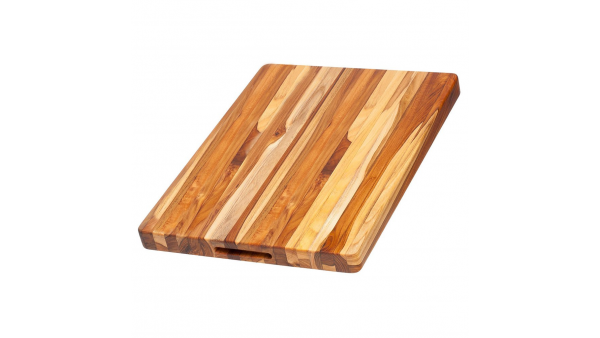Earlier this month, The New York Times released an article concerning the level of microplastics in our environment and offering tips on how to minimize exposure to them.

—
Earlier this month, The New York Times released an article concerning the level of microplastics in the environment and offering tips on how to minimize exposure to them. Microplastics can be tiny pieces of plastic (less than 0.5mm in diameter, which is about the size of a grain of rice) that break off from larger pieces of plastic, or microbeads such as those used in certain health and beauty aids. They have been found virtually everywhere, including in drinking water, foods humans ingest, and even in the air people breathe.
According to the data-analysis firm Statista, on average each person eats, drinks or breathes in between 78,000 and 211,000 microplastic particles each year. Studies have linked microplastic pollutants to serious health issues, so they are to be avoided to the extent possible and practical.
Among the suggestions The Times offered readers was the suggestion to cut back on consumption of bottled water, since it can contain microplastics from polluted lakes, rivers and water pipes; and has been shown to be the leading source of the pollutant. Beer is the number-two source, as beer is more than 90 percent water, by weight. Third in importance is the air inhaled (based on studies in France and Turkey, according to Statista).
Other suggestions included recommendations against storing food in plastic containers and microwaving food in plastic containers, and in favor of filtering the air in homes, apartments or workplace. The article’s author, Katie Okamoto, who looks for instances where products, sustainability and human health intersect, also recommends wood or bamboo cutting boards, since studies suggest that “plastic cutting boards can be a significant source of microplastics in your diet, since repeated cutting on their surface can dislodge particles that adhere to food. Wood cutting boards also have some other advantages: They’re better for your knife blades and last longer than plastic when properly maintained.”
As her top cutting board pick, Okamoto called out a Teak cutting board manufactured by Teakhaus. Measuring 24 inches by 18 inches and 1-1/2 inches thick, it features a juice canal and finger grips. Teak wood is an especially good choice for cutting boards, since it’s very durable and contains natural oils that help make it resistant to moisture.
This news update is presented by the Butcher Block Co. - an online seller of Teakhaus cutting boards, including their Professional Teak Cutting Board with a juice canal and finger grips, as touted by the New York Times. Besides wood cutting boards, bbco. offers butcher-block and wood-plank countertops; butcher blocks, kitchen islands, and tables; rolling islands and carts; and knives and knife blocks.
SOURCE: https://butcherblockco.com/nyt-cutting-board-recommendation
Contact Info:
Name: Kathleen Grodsky
Email: Send Email
Organization: Butcher Block Co.
Address: 2641 E Cortez Street, Phoenix, AZ 85028, United States
Phone: +1-877-845-5597
Website: https://butcherblockco.com
Source: PressCable
Release ID: 89133047
In case of encountering any inaccuracies, problems, or queries arising from the content shared in this press release that necessitate action, or if you require assistance with a press release takedown, we urge you to notify us at error@releasecontact.com (it is important to note that this email is the authorized channel for such matters, sending multiple emails to multiple addresses does not necessarily help expedite your request). Our responsive team will be readily available to promptly address your concerns within 8 hours, resolving any identified issues diligently or guiding you through the necessary steps for removal. The provision of accurate and dependable information is our primary focus.